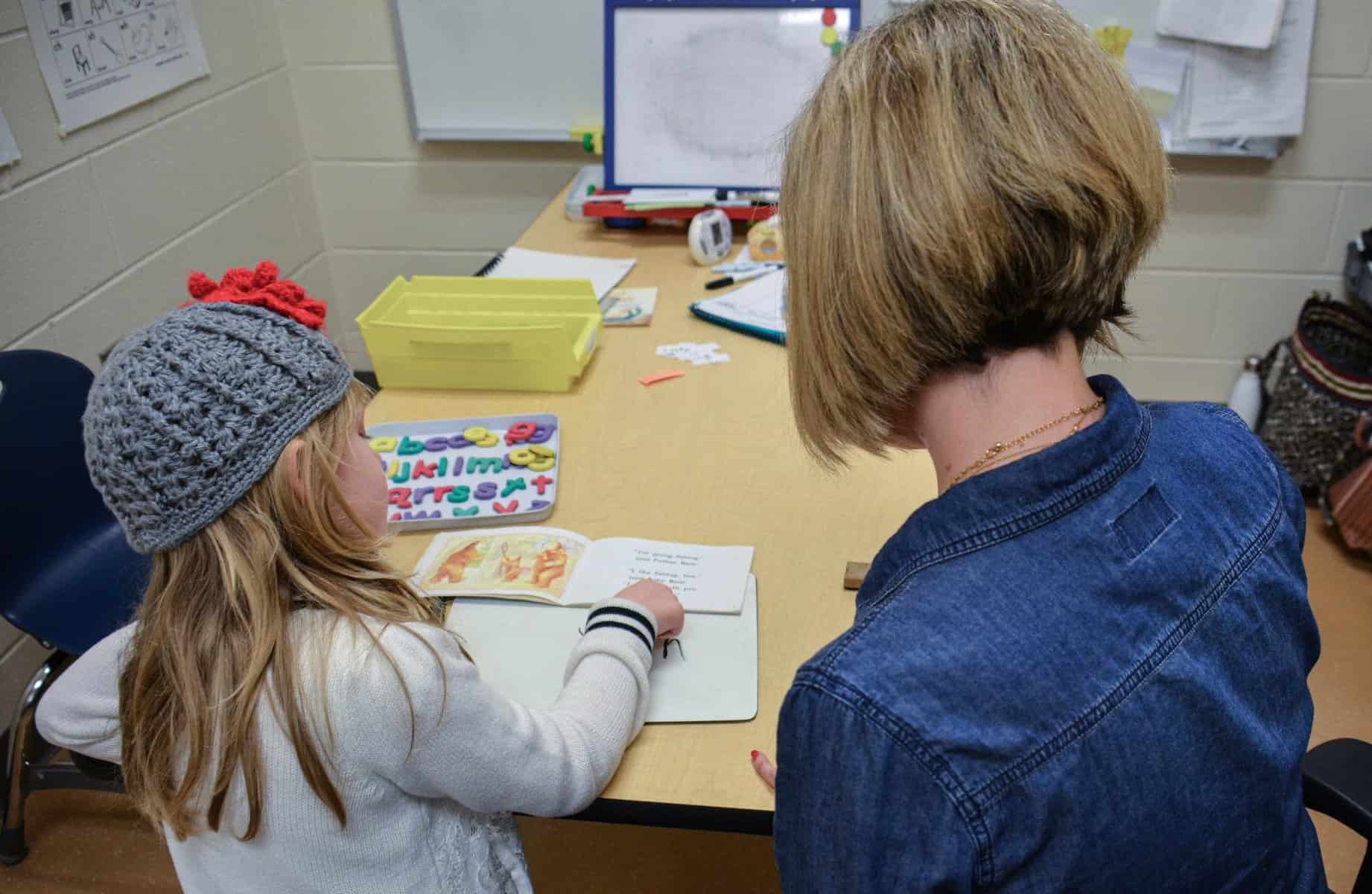Unlocking the World of Words: A Parent’s Guide to the Reading Recovery Program
A Warm Welcome to Parent Pioneers!
Hello there, fantastic parents! Are you ready to dive into the incredible journey of supporting your child through the Reading Recovery Program? Fear not, because you’re not alone in this adventure. Imagine your child’s eyes lighting up with the joy of reading, turning page after page, getting lost in stories, and grasping the magic of words. That’s the power of reading, and it’s precisely what the Reading Recovery Program aims to instill in children who find themselves struggling.
As loving caretakers, we recognize that each child’s path to reading fluency is unique and sometimes dotted with hurdles. However, like any good story, obstacles are just part of the narrative, paving the way for growth and triumph. This guide is crafted to give you the essentials of the Reading Recovery Program, helping you become an informed champion for your little learner’s literacy development!
What is Reading Recovery?
If you’re wondering what Reading Recovery is, you’ll be delighted to know that it’s a highly effective, short-term literacy intervention designed for first-grade children. Developed in the 1970s by the brilliant educator, Dr. Marie Clay, this program is all about providing individualized instruction to students who are experiencing reading and writing difficulties. The goal? To catch these budding readers before they fall behind and give them the personalized support they need to become confident, independent readers.
How does Reading Recovery Work?
The beauty of Reading Recovery lies in its approach. Children receive one-on-one lessons with a specially trained teacher for 30 minutes a day. In these tailored sessions, children focus on the nuts and bolts of reading and writing, from learning phonics and decoding strategies to practicing writing their own stories. With a strong emphasis on comprehension and meaning, the program doesn’t just teach children to parrot words—it helps them truly understand and enjoy what they are reading.
Identifying Children for Reading Recovery
But how do you know if Reading Recovery is the right fit for your child? Typically, children are selected for the program after a careful assessment process, which may include observations, reading tests, and teacher evaluations to determine who might benefit most from this intervention. Schools often look for students who are not meeting the expected reading and writing benchmarks for their age group.
Parent Involvement in Reading Recovery
Now, let’s talk about the superhero role that you, the parent, play in the process. Your involvement in your child’s Reading Recovery journey can significantly influence their success. From consistent encouragement and celebrating small victories to practicing reading skills at home, your engagement is vital. And guess what? You don’t need to be a reading expert to make a difference. A positive attitude and a readiness to learn alongside your child can work wonders!
The Reading Recovery Teacher
Every superhero has an ally, and in the Reading Recovery world, the teachers are those amazing sidekicks. These educators are not just any teachers; they have received specialized training to provide Reading Recovery instruction. They know how to tailor their lessons to each child’s unique needs, making the learning experience both effective and enjoyable. A great relationship between the teacher and the student is at the core of Reading Recovery’s success.
Reading Recovery is more than just a literacy program; it’s a lifeline that can help your child navigate the sometimes choppy seas of learning to read and write. We can all relate to the frustration of struggling with a new skill, and the patience and dedication of the Reading Recovery team aim to transform that frustration into a love for literature and learning.
As you embark on this rewarding journey with your child, take pride in knowing that you’re providing them with an invaluable gift—the ability to unlock the world of words, one page at a time. Stay tuned as we continue to explore the depths of the Reading Recovery Program and how together, we can champion a future filled with stories, knowledge, and endless possibilities for our children!

Five Things Parents Should Know in Preparing for Reading Recovery
As you and your child prepare to embark on the Reading Recovery journey, being well-prepared can pave the way for an even more successful experience. Here are five key points for you to consider:
1. Understanding the Commitment
Reading Recovery requires a commitment, not just from the student, but from you as a parent as well. Lessons typically occur every day for 20 weeks, and your child’s consistent attendance is crucial. During this period, your support will be a key factor in their progression. Prepare to allocate time daily to discuss what your child learned, celebrate their achievements, and reinforce the new skills they are picking up.
2. Creating a Supportive Home Environment
Learning doesn’t stop at the classroom door. To supplement your child’s Reading Recovery sessions, create a reading-friendly atmosphere at home. Establish a quiet, cozy reading corner, provide a variety of books, and most importantly, model a love for reading and writing. Showing your child that literacy is valued and enjoyable will encourage them to embrace it more fully.
3. Communicating with the Recovery Teacher
Maintain open lines of communication with your child’s Reading Recovery teacher. They can provide insights into your child’s progress and offer tips on how to extend learning at home. Don’t hesitate to ask questions and share observations about your child’s reading behaviors outside of school. Your perspective is invaluable as it provides a fuller picture of your child’s learning experience.
4. Patience and Encouragement
Understand that progress in reading can vary significantly from one child to another. While some children may show rapid improvement, others may need more time to gain confidence in their abilities. Avoid comparing your child’s progress to peers or siblings. Instead, focus on their individual journey, offering praise for effort and resilience amidst challenges.
5. Involving Your Child in the Process
Involve your child in the Reading Recovery process by setting goals together and discussing their progress. Encourage them to reflect on their learning and to express what strategies are helping them the most. Foster a sense of ownership in their literacy journey. When children feel they are active participants and not just recipients of learning, their motivation and engagement can soar.
Embracing the Reading Recovery Adventure
As you gear up for the Reading Recovery program, it’s okay to feel a mix of excitement and apprehension. Remember that this is not just an academic endeavor but a shared adventure with your child. It’s a passage through which your little one will emerge more confident and eager to explore the wonders of the written word.
Armed with these insights, along with the previous sections of this guide, you are now more than ready to support your child through Reading Recovery. When parents and educators work together as a team, children triumph. So, let’s embrace this opportunity to make reading and writing a cherished part of your child’s life – happy reading!
See more great Things to Do with Kids in New Zealand here. For more information see here
Disclaimer
The articles available via our website provide general information only and we strongly urge readers to exercise caution and conduct their own thorough research and fact-checking. The information presented should not be taken as absolute truth, and, to the maximum extent permitted by law, we will not be held liable for any inaccuracies or errors in the content. It is essential for individuals to independently verify and validate the information before making any decisions or taking any actions based on the articles.




